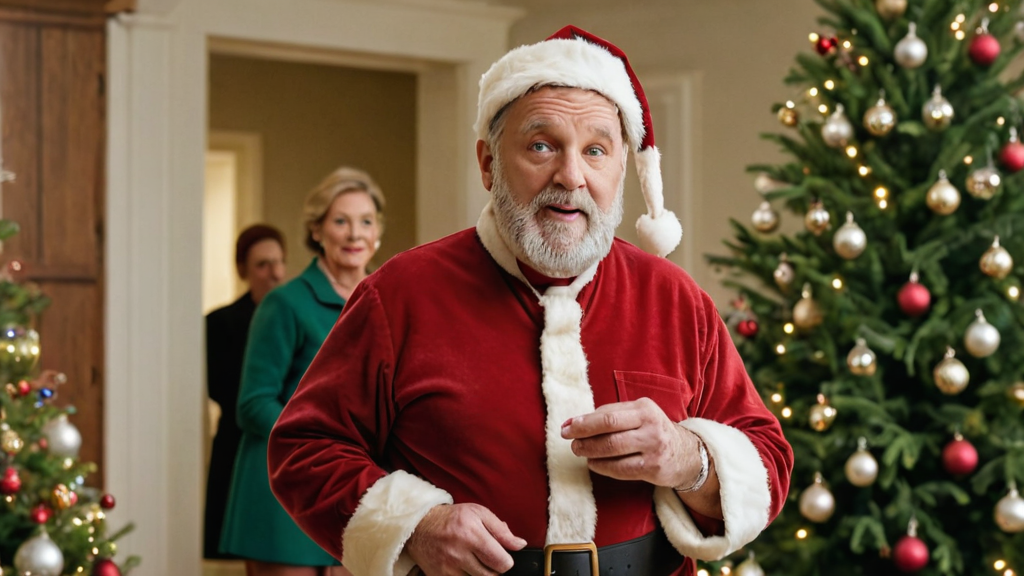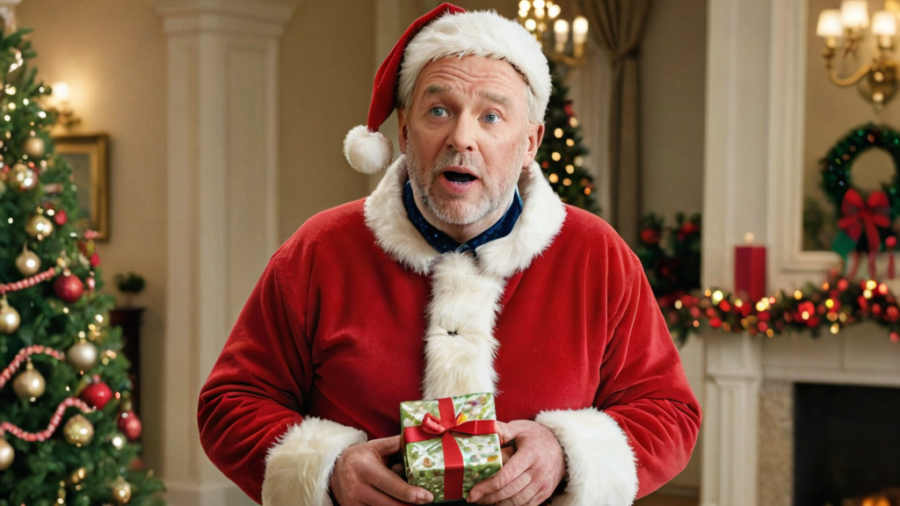Introduction:
Christmas, a time of joy, love, and celebration, is a holiday cherished by people worldwide. Its origins trace back centuries, blending traditions from various cultures and religions. In this blog post, we embark on a journey through time to explore the rich history, traditions, and symbolism surrounding Christmas.
The Ancient Roots of Christmas:
The roots of Christmas stretch far back into antiquity, intertwining with ancient pagan celebrations such as Saturnalia and the Winter Solstice. These festivals marked the return of light and warmth amidst the darkness of winter, symbolizing hope and renewal.
Also Read: Anime World Portal: Unveiling The Best Anime Spots Near You On Google Maps
Christian Adoption and Adaptation:
With the rise of Christianity, the celebration of Christmas evolved to incorporate Christian beliefs and traditions. Pope Julius I officially declared December 25th as the date to commemorate the birth of Jesus Christ, likely aligning with existing pagan festivals to ease the transition for converts.
Medieval Festivities and Revelries:
During the Middle Ages, Christmas celebrations took on a more festive and communal tone. Feasting, drinking, and merrymaking were common, with communities coming together to celebrate the season of goodwill and generosity.
The Reformation and Changing Traditions:
The Protestant Reformation brought about changes in how Christmas was celebrated, with some groups rejecting certain traditions associated with Catholicism. However, many customs, such as decorating trees and exchanging gifts, persisted and became ingrained in the fabric of Christmas traditions.
Victorian Era Revival:
The Victorian era witnessed a resurgence of interest in Christmas traditions, fueled by the publication of Charles Dickens’ “A Christmas Carol.” The emphasis on family, charity, and goodwill epitomized the spirit of the season, shaping our modern perceptions of Christmas.
Globalization and Diverse Celebrations:
In today’s interconnected world, Christmas is celebrated in diverse ways across cultures and continents. While some traditions remain universal, such as decorating trees and exchanging gifts, each region adds its unique customs and rituals to the festive tapestry.
The Commercialization of Christmas:

Alongside its cultural and religious significance, Christmas has also become synonymous with commercialism and consumerism. The holiday season is marked by extravagant shopping sprees, elaborate decorations, and ubiquitous advertising campaigns, sometimes overshadowing its deeper meanings.
Rediscovering the True Spirit of Christmas:
Despite the commercial trappings, many people strive to rediscover the true spirit of Christmas – one of love, kindness, and compassion. Acts of generosity, volunteering, and spending quality time with loved ones remind us of the deeper significance of the holiday.
Also Read: What To Do When You Accidentally See Something Illegal On Google Images
Conclusion
In conclusion, Christmas is more than just a day on the calendar – it is a celebration of shared humanity, goodwill, and the enduring power of love. As we reflect on the rich tapestry of traditions and history surrounding Christmas, let us embrace the spirit of the season and spread joy to all those around us.
Whether gathered around a crackling fire, exchanging gifts with loved ones, or reaching out to those in need, may the magic of Christmas fill our hearts with warmth and light, now and always.


Add a Comment